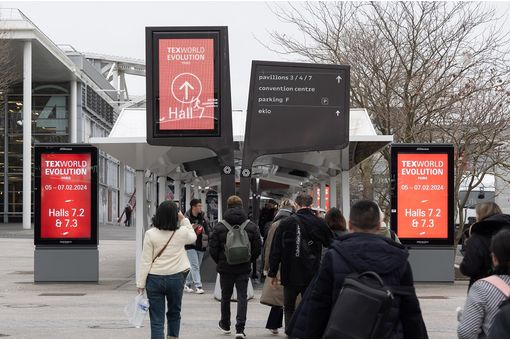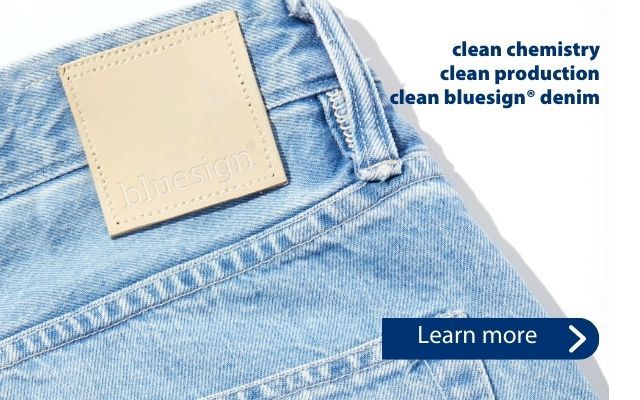FR clothing helps to save lives
In both these incidents, OSHA heavily fined and cited the employers for not ensuring their workers were properly outfitted in flame resistant (FR) protective work clothing.
FR workwear is designed to resist ignition and to be almost immediately self-extinguishing upon removal of an igniting flame source to help prevent or limit the severity of body burns.
In recent years, OSHA has cited and fined numerous companies for not providing at-risk employees with proper Personal Protective Equipment (PPE), including appropriate FR clothing, under 1910.
132 Occupational Safety and Health Standards: Personal Protective Equipment. (OSHA deals more specifically with FR clothing in 1910.132(a) and 1910.269 in addressing the clothing needs of workers in the electrical utility and oil and gas industries, respectively.)
Adam Soreff, Director of Marketing at UniFirst Corp., a provider of FR apparel and work uniforms to companies throughout North America, explains that any selection of FR work garments must begin with an employer's own hazard analysis of potential on the job risks to employees from arc flashes or flash fires.
In the case of arc flash hazards, the most commonly used risk assessments assign a Hazard Risk Category (HRC) to at-risk job types, with HRCs ranging from zero to four—the higher the number, the higher the ATPV value required of the safety apparel (the greater the job risk).
An HRC 1 task, for example, might involve simply removing electrical circuit breakers, while an HRC 4 job might be voltage testing of energized circuit parts. In determining HRC, companies often turn to the National Fire Protection Association's NFPA 70E: Standard for Electrical Safety in the Workplace.
Once such a risk analysis has been made, Soreff says, appropriate arc rated FR work clothing can be matched with the job risk category. "All UniFirst FR garments are labeled with their Arc Rating, their Arc Thermal Performance Value (ATPV). This is their maximum protective level against arc flashes."
Beyond offering flame resistant and arc rated apparel with designated ATPV safety values, Soreff says uniform suppliers like UniFirst also keep wearer comfort and style in mind by offering FR clothing in a variety of protective fabrics, fabric weights, and softness levels—all designed to have the contemporary look and feel of everyday workwear.
Under its Armorex FR line of branded apparel, for example, UniFirst offers such proven safety fabrics as Tecasafe Plus, CXP, Nomex, UltraSoft, and 88/12 FR fabric (cotton blend). Some are inherently (naturally) flame resistant, while others are chemically treated for flame retardancy.



20240504122910.png)




























-Ltd..jpg?tr=w-120,h-60,c-at_max,cm-pad_resize,bg-ffffff)





.jpg?tr=w-120,h-60,c-at_max,cm-pad_resize,bg-ffffff)
.jpg?tr=w-120,h-60,c-at_max,cm-pad_resize,bg-ffffff)









